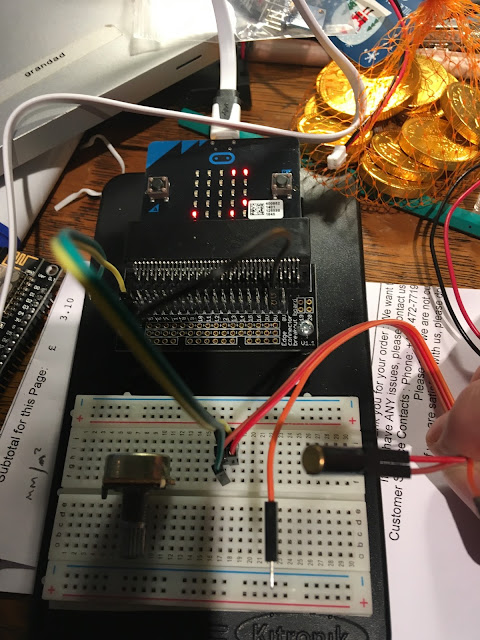Machine-readable rain gauge ideas
My 8 year old (nearly 9, g-dad!!) grandson has a school homework project to build a rain gauge. It occurred to me that it might be fun to build a properly useful one that would measure rainfall continuously and actually enable the recording of said measurements in a sensible machine-readable manner. How would you do that?? DuckDuckGo is my new friend, since Google appears to have taken a walk this afternoon...
Some ideas occurred to me, independently of research:
Some ideas occurred to me, independently of research:
- Weigh/sample the amount of rain falling on an area over a period of time
- Measure the height of water in a known area tube
- Optically (interruption of light beam)
- Mechanically (float etc., potentiometer?)
- Audibly, level of noise on surface
Needless to say, all of these are used! 3) is tricky to calibrate I should imagine, not least because it requires a known amount of rain to fall. I don't know if using a hose with shower attachment would count - rain has differing drop sizes and fall heights, not to mention wind effects. Yuck.
2) seems to be either not very high resolution, if one uses discrete LEDs and light sensors, for example, or fairly tricky to arrange otherwise, with some means of translating rotational surface height detection, with some trigonometry involved, or a sliding arrangement that requires transformation to a rotational effort for a pot, which is going to require a lot of force. Yuck.
Lots of people have done something like 1) by using a two-bucket sampler. Basically, two buckets that rock on an axis, fill A, it tips, B fills, it tips, then A fills again and so on. Since they empty on tipping then it doesn't require regular emptying, unlike a "normal" gauge. All you do then is count the tips, having measured how much water is required to cause a tip. Then you need to know the area of the feeder funnel and job done. This looks quite useful, and of course can quantised to any reasonable amount, from a few ml to gallons! Various people use Hall effect sensors and magnets to detect a tip, with the magnet triggering a voltage change from the sensor, detected by the handy micro controller.
I was thinking of using the micro:bit for this, as it runs off AAA cells, and is easily programmed by 8 year olds, certainly as a breadboard attempt. OK! I've ordered the Hall effect sensors and magnets, but they aren't going to arrive for half term. Maybe I'll use use the handy tilt sensor I have. The only problem with that is that it will consume power 50% of the time, as it's just a ball bearing in a tube. Time for some testing...
OK, the Tilt Sensor seems to work ok.
Of course, we could just use the accelerometer in the micro:bit, but that would mean attaching it to the rocking buckets, and waterproofing it etc. Bad Plan. So we'll see if we can do something with this. Now to construct some buckets. Or maybe think a bit about what data we collect and how...
We are looking for "buckets per time period". We can get that by counting buckets in a period, or just by counting time units between tick increments. In fact, we're not even interested in the actual buckets, are we? We can get the rain rate directly from time between buckets, although that won't integrate the volume, we'd have to do that ourselves. Let's try graphing the time between ticks using the handy m:b "graph" capability, which is easier to see than the long-winded number display!
OK, the Tilt Sensor seems to work ok.
 |
| Micro:bit and attached Tilt Sensor |
 |
| Some simple micro:bit code to detect tilts i.e. switch on/off |
We are looking for "buckets per time period". We can get that by counting buckets in a period, or just by counting time units between tick increments. In fact, we're not even interested in the actual buckets, are we? We can get the rain rate directly from time between buckets, although that won't integrate the volume, we'd have to do that ourselves. Let's try graphing the time between ticks using the handy m:b "graph" capability, which is easier to see than the long-winded number display!


Comments
Post a Comment